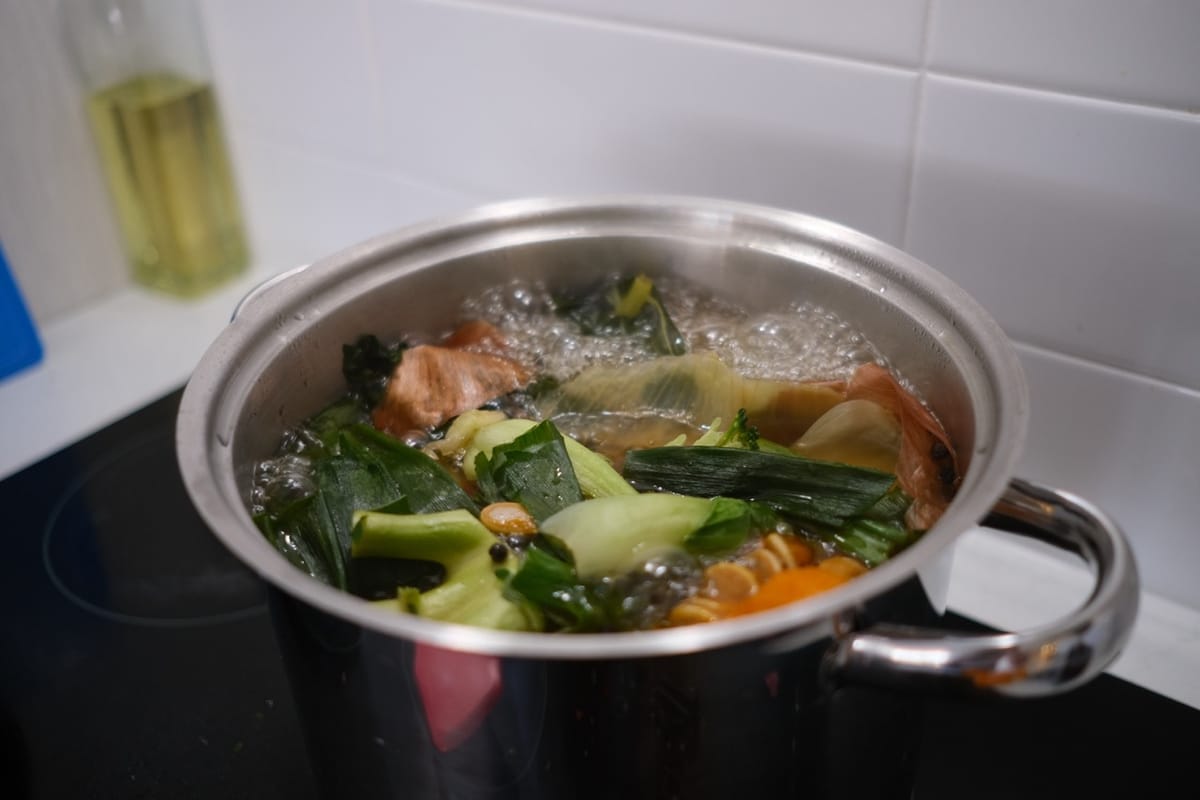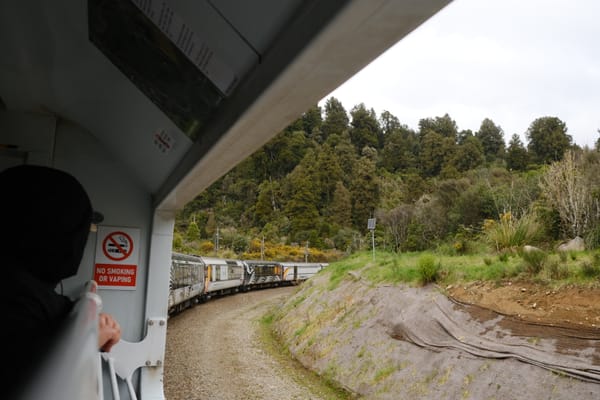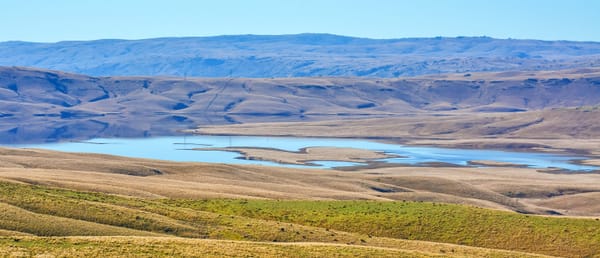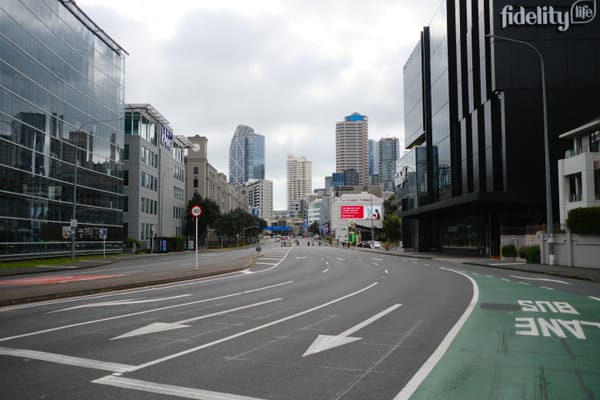What does a low carbon lifestyle actually look like?

What does the prospect of switching to a low carbon lifestyle feel like to you? Daunting? Exciting? Vague and impossible? Low carbon choices face a serious communication problem.
Fossil fuel companies have run serious misinformation campaigns to muddy what people think a low-carbon life is. Those campaigns have made actions like recycling or replacing existing plastic with new glass containers feel like the best things to do.
To add to that, individual action has been framed as either the only solution or completely powerless. The truth is in the middle. Cutting serious amounts of carbon must happen through political leaders and industry. Individual action can’t do that.
But, our behaviour does have incredible power through collective behaviour change. When you take part in one low carbon habit, you subtly inspire the people you love to consider it normal and worthwhile.
What are the most effective actions, though?
The Centre for Behaviour and the Environment completed an amazing study looking into how behavioural change would make a real difference to climate change. They have hard evidence backing some targeted and achievable actions that cut pollution and spur others to do the same. The best thing is, adopting these behaviours aren’t worse for your life. Often, they’re better.
I’d like to take you through what a low-carbon lifestyle actually means – and why it’s a better way to live than a high-carbon lifestyle.
The top priority? Reduce your food waste.
Reducing food waste is the biggest behavioural action people and businesses can do to solve climate change. When food is buried in a landfill and decomposes with no air or worms or soil, it heats the world with methane. Plus, all the carbon we make to produce that food goes to waste too.
New Zealand wastes a lot of food – $3.2 billion a year worth. That’s $1500 of food a year for every household. Collectively, that food produces 409,000 tonnes of carbon dioxide a year – the same as 150,000 cars on the road. If you waste as little food as you physically can, you’ll be doing a great service to the world and your budget.





